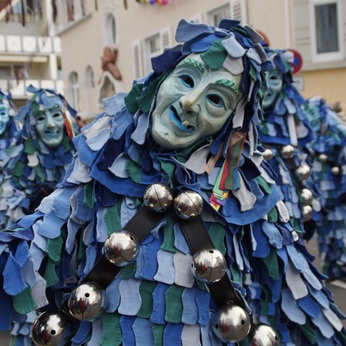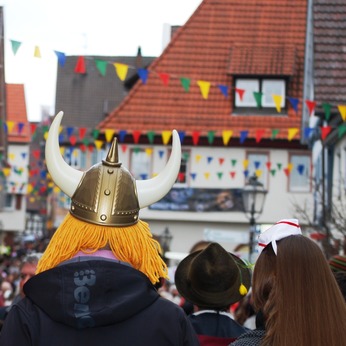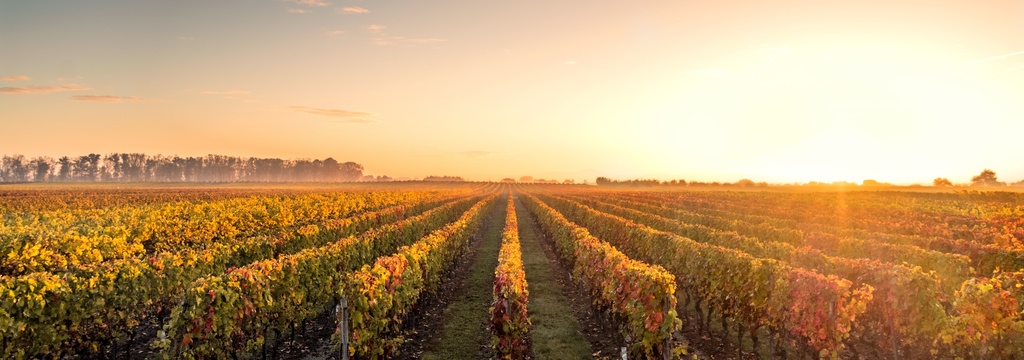Germany
"The Federal Republic of Germany, one of the founding members of the European Union, with Berlin as its capital, is the most populous member state of the EU with more than 80 million inhabitants. Divided into 16 constituent states, Germany is considered to have the largest economy in the EU. Germany’s geography includes many different kinds of landscapes: from charming beaches and green fields with grazing animals in the North to the high Alps carved by glaciers in the South. Which region will you be exploring?"
Did you know...
That you can buy a Barbie doll, based on Germany’s current Chancellor Angela Merkel?
That Germany offers more than 300 kinds of bread?
That Reutlingen is known to have the world’s narrowest street? The street, called Spreuerhofstrasse, is only 31 cm or one foot wide at its narrowest point.
That Munich’s Oktoberfest is the biggest folk festival in the world?
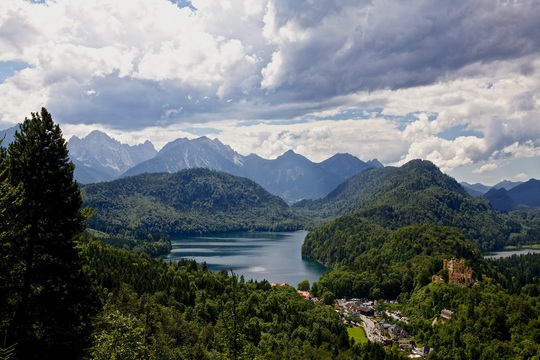
host families
One of the great things about YFU is that you don’t only get to experience a different school environment during your time abroad, but you will also discover new habits in a new family and local community. As in every exchange country, families are not the same but are really diverse and there exists no such thing as a typical German family. You can be placed anywhere in Germany, since there are host families all over the country. They are excited to have you and to support you whenever needed. It’s important to arrive with an open mind because there will probably be some differences in living and eating habits between you and your host family. Just talk openly with your family about anything and try to participate in their daily life. Don’t take your host family for granted, but show them that you care and that you appreciate what they are doing for you.
An interesting and charming aspect of the German family life includes the tradition to have family members or friends come over in the afternoon for tea or coffee. People like to hang out together with some delicious patisserie, during the weekends or at special occasions. Soon, you’ll be eating your way through heaven!
school
In Germany, students are divided into different grades, depending on their age group. Usually, students don’t wear any uniforms and there are no strict dress codes. After six weeks of summer break, the school year starts again and students can enjoy up to 12 weeks of holidays, including the summer holiday. Most schools start between 7.30 am and 8.15 am and can already finish around 12. However, afternoon classes are quite common in higher grades and can last until 6 pm. About 12 subjects are compulsory, including biology, geography, history, mathematics, music, PE, up to three languages, chemistry, physics, German, religious education, civics/political/social studies and visual arts. Exams usually consist out of essay questions instead of multiple choice ones.
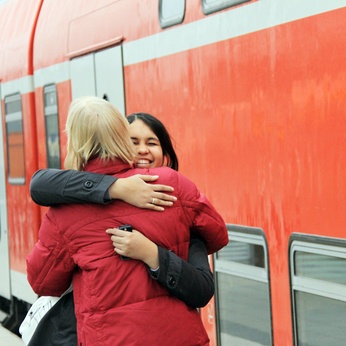
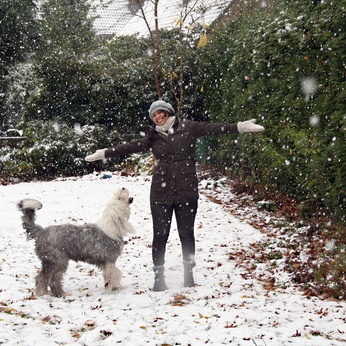
"You meet people that were once just names on a piece of paper and they become family, friends – they become memories, inside jokes, characters of your life book."
Free time
Did you know that Germany has more cultural activities and places than any other country in the world? Many people in Germany consider it really important to achieve a perfect balance between work or school and free time. A lot of Germans love to spend their leisure time outdoors. In summer, spending days on the beach, cycling or boating in the countryside and swimming pools or lakes are great activities. In winters, on the other hand, skiing, snowboarding, ice-skating and sledging are very popular. If you like to stay fit and work out, you also have plenty of sport opportunities in Germany, such as ball sports, dancing, martial arts, athletics and water sports. The most popular sports is by far Fussball or soccer, with the Bundesliga as one of the most famous and successful leagues in Europe.
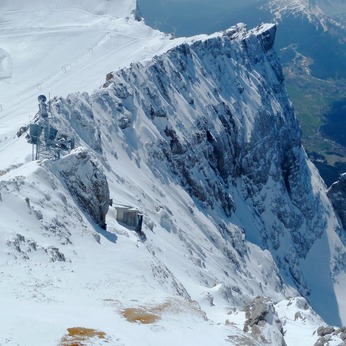
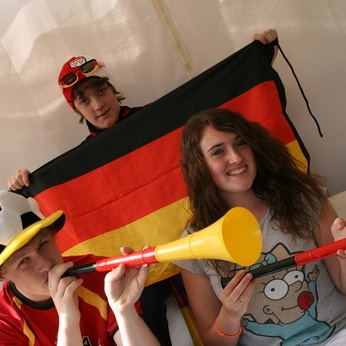

Discover Germany
The YFU exchange experience intends to show you your host country and its culture from the inside out. A lot of your time will involve school participation and host family events. In the weekends and school holidays however you will definitely have time to explore Germany’s highlights with your host family, friends and other exchange students. Not only is Germany an extremely important political and economic center in the European Union, it also offers a wide variety of things to see and do. Take a stroll through one of the biggest Christmas markets in Europa, go hiking on a mountain peak in the Alps or learn a little bit more about Germany’s historical significance. What are you waiting for?
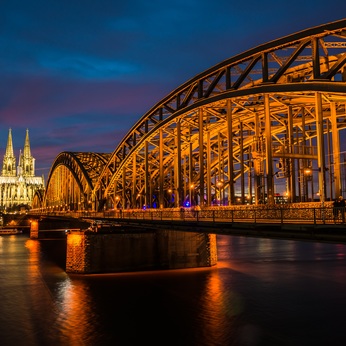
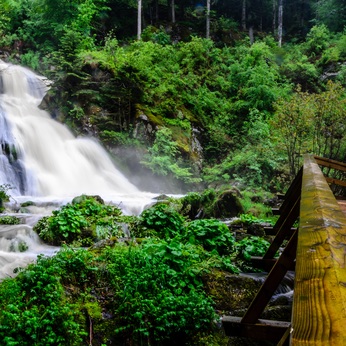
Top 10 things to do in Germany
1. Baltic Sea: The North-East of Germany offers beautiful landscapes along the coast with yellow canola fields in spring and wonderful white beaches to relax and take long walks.
2. Christmas market: During the Advent season in December, you find Christmas markets in every town. Enjoy the cozy atmosphere, including choirs, gingerbread biscuits and sparkling lights. The most popular one is the Christkindlesmarkt in Nürnberg.
3. Cologne Cathedral: The magnificent Roman Catholic Cathedral is the seat of the Archbishop of Cologne and has been declared a World Heritage Site.
4. Memorial of the Berlin Wall: This monument commemorates the Berlin Wall that used to divide Berlin and Germany in two parts during the Cold War. The memorial contains the last piece of the wall.
5. Europa Park: This is the largest theme park in Germany and the second most popular one in Europe. Go have fun while discovering its many wild attractions!
6. Schloss Neuschwanstein: The old town of Füssen, a popular alpine resort and winter sports center, is a good base from which to explore nearby Neuschwanstein Castle. It is one of Europe's most famous royal castles and the inspiration for Walt Disney's famous theme park castles.
7. Mount Zugspitze and Partnach Gorge in Garmisch-Partenkirchen: Go hike one of the most wide-known mountain peaks in the Alps. Tourists from all over the world come here to enjoy the fresh air of this beautiful spot.
8. Black forest (Baden-Württemberg): This forest has the Rhine Valley to its west border and farmland to its east border. In between, the greatest hills of Germany and medieval towns are located.
9. Speicherstadt in Hamburg: Hamburg’s Speicherstadt is truly a unique landmark. Built in the late 19th century, it’s the world’s largest integrated complex of warehouses (die Speicher). It can be toured by water, via the network of small canals that connect the so-called Stadt.
10. German Chocolate: Do you love chocolate? Then Germany will be heaven for you! You will find a huge variety of delicious chocolates and if you want to learn more about it, you can visit one of several chocolate museums.
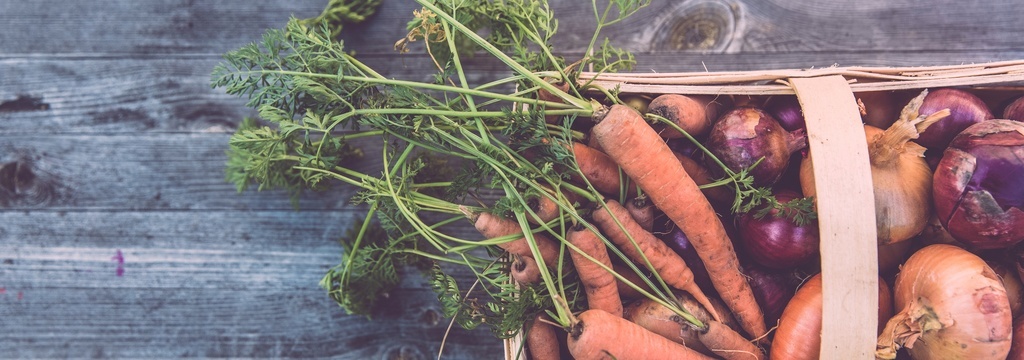
Food Facts
Although it’s becoming more and more popular for Germans to make a simple breakfast because of their busy lifestyle, people also still eat traditional German breakfasts, especially during the weekends. This breakfast includes fresh bread, with a wide variety of toppings such as butter, honey, jam, a sort of curd cheese, regular cheese and sausage. Other popular dishes are boiled eggs or muesli with yogurt. Usually, people like to drink coffee, tea, juice or cacao. It’s very popular to go to a bakery in the weekends and buy some fresh bread and pastries that you can enjoy with the whole family.
Although a lot of German families still eat their main meal during the day, between 12 and 2 PM, a lot of other families prefer to eat their warm meal in the evening now. Noodles with stir-fry, fish sticks with mashed potatoes, potato salad with sausage or meat balls and schnitzel with buttered vegetables are considered to be typical lunch meals. If people already ate their warm meals during lunch, they have “Abendbrot” (or “evening bread”) for dinner, mostly eaten between 6 and 7 pm. A typical evening meal might be a whole grain bread, mustards and pickles, deli meats and sausages, and cheeses, typically accompanied by a soup or salad.
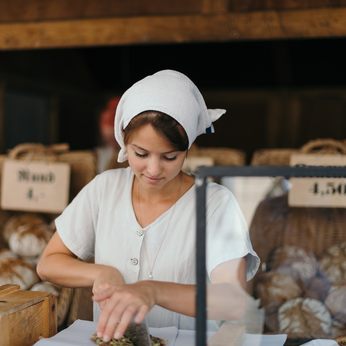

Recipe: German apple pie
During your exchange, your host family will provide you with meals throughout the day. It can be a nice gesture to suggest cooking for them once in a while, so that they feel you appreciate their warm welcome. Impress them with this typical German dessert!
ingredients
6 medium apples, peeled, cored and sliced
1 cup sugar
1/4 cup all-purpose or brown rice flour
1/2 teaspoon kosher salt
2 teaspoons cinnamon
1 cup heavy cream
(1) prepared pie crust
directions
Press the pie crust into the bottom of a deep 9" pie plate. Crimp the edges (if you are feeling fancy) or simply smooth the edges until they are relatively smooth. Whisk together the dry ingredients and sprinkle over the apples in a large mixing bowl. Stir to coat all the pieces and then place the apples into the pie crust. Pour the cream over the apples and bake at 450 degrees for 15 minutes. Reduce the heat to 350 degrees and bake for an additional 55-60 minutes. Cool completely before serving. Enjoy! (Source: http://www.barefeetinthekitchen.com/2012/12/german-apple-pie.html)
Easy cooking video: German Spaetzle Dumplings
These dumplings are common comfort food in Germany, especially in southern Germany, and can be combined with multiple sorts of meat, fish and vegetables. Watch this video to learn to cook German Spaetzle dumplings:
Must try Bratwurst with Sauerkraut when on exchange
This type of German sausage is typically made from beef, pork or veal. The recipes are very diverse depending on the region in Germany. Some sources, for example, state that there are more than 40 varieties of this Bratwurst. It can be eaten as a snack served in a bread roll, accompanied by potato salad or sauerkraut. This is probably the most popular fast food you can find in Germany. Go ahead and try it, it’s delicious!

Geography
The Federal Republic of Germany, or the Bundesrepublik Deutschland, in central-western Europe, has 16 constituent states and has Berlin as its capital. With more than 80 million inhabitants, it’s the most populous country in the European Union. As one of the biggest countries in Europe, Germany borders to a lot of other countries, such as Belgium, The Netherlands, Poland, France, Luxembourg, Switzerland, Austria, Denmark and the Czech Republic.
History
The history of Germany goes a long way back and is considered to be quite moving. In 1871, the German Empire was founded in Versailles thanks to Otto von Bismarck. Under the regime of Wilhelm II, on the other hand, Germany became more and more imperialistic, which eventually escalated into the First World War, caused by the assassination of the Austrian crown prince of Serbia. After the war ended November 11, 1918 (which is now known as Remembrance Day with poppies as its symbol), the Treaty of Versailles obligated Germany to give up a lot of its territory.
After the German Revolution in 1918, Germany was declared a republic. However, in 1933, Hitler had been appointed as Chancellor of Germany after his Nazi Party won the special federal election the year before. When Germany eventually invaded Poland in 1939, World War II began as soon as Britain and France declared war on Germany.
After the Second World War, Germany was divided into four occupation zones. During the Cold War, Berlin and the rest of Germany was divided into an East Germany and a West Germany. In 1961, the Berlin Wall was built to prevent East Germans from escaping to the West of Germany. This wall became a symbol of the Cold War between the Soviet Union and the West, lasting until 1991. Eventually, the Wall fell in 1989, becoming a symbol of the Fall of Communism and the German Reunification.
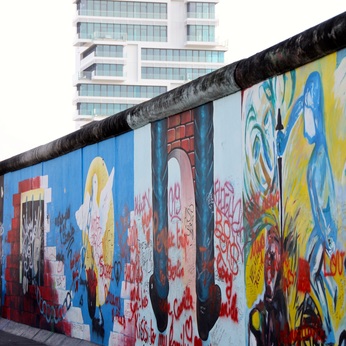

Nature
The biggest part of Germany’s territory is covered by either woodland and forest or arable land. Plants and animals living in this country can generally also be found in the rest of Central Europe. Some of their wild animals include fox, mouflon, badger, wild boar, roe deer, hare, and a few Eurasian beavers. Germany also offers a variety of national and nature parks. Located in the north of Germany, Hamburg Wadden Sea National Park surrounds a small group of islands (including the dune island of Scharhörn, Neuwerk’s green island, and Nigehörn’s artificial island) and protects a large territory of coastal mudflats. In 1992, this site was designated a UNESCO World Heritage site. This beautiful region is not only known for its nature but also offers some cultural attractions.
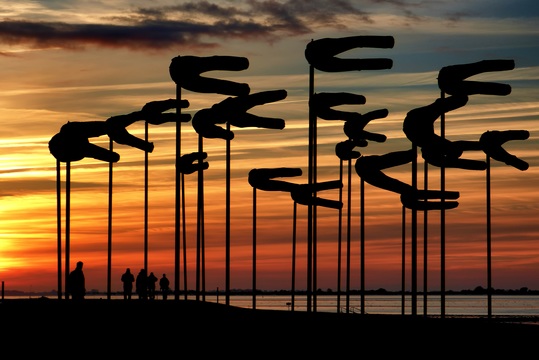
Did you know...
That Donaudampfschifffahrtselektrizitätenhauptbetriebswerkbauunterbeamtengesellschaft (79 letters) is the longest word ever published in German language, meaning Association for Subordinate Officials of the Head Office Management of the Danube Steamboat Electrical Services?
That Germany has more than 400 zoos, making it the country with the most zoos in the entire world?
The Christmas tree (Tannenbaum) tradition originated in Germany?

Language
Schule, Freunde, Familie, Gewohnheit, Bruder, Schwester, Austausch
Do you know what these words mean? Start learning some German!
German is not only an official language in Germany but also in Switzerland, Austria, Liechtenstein, South Tyrol, Belgium and Luxembourg. Out of all languages African, English and Dutch are most similar to German. In the European Union, German is the most widely spoken language and it is also one of the most widely taught foreign languages, as well in the EU as in the United States. The German language is also known for its many dialects, with several varieties around Europe, such as high and low German.
Although it’s not obligated to speak German in order to participate in a YFU exchange program, it’s always useful to be able to speak the official language of the country you’re going to. This gesture will be strongly appreciated by your host family and will make it easier to communicate with them. Even when you don’t know any German, you’ll be able to communicate in basic sentences after only three months. Important to remember is that the least you speak in your native language, the fastest you will learn a new one. Go ahead and embrace the opportunity to learn a whole new language by fully immersing yourself in a new culture!
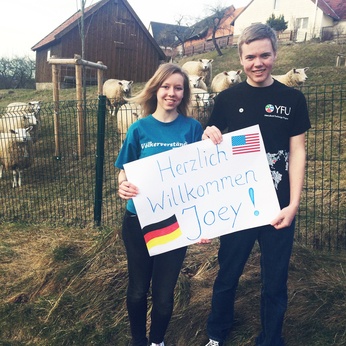
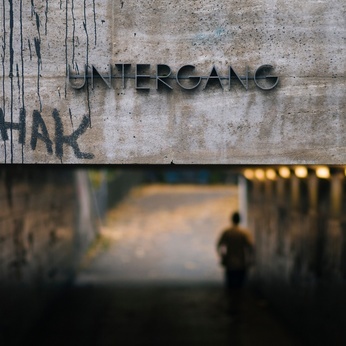
"One day you are going to be walking through the city that was once so strange and unknown and somebody is going to ask you for directions and you are going to answer with perfect language knowing exactly what you are saying."
Language Learning Tools
Visit this useful YouTube channel and practice your basic German: https://www.youtube.com/user/germanpod101/videoshttps://lp.babbel.com/d/QAE_index.html?bsc=aw26-engdeu&btp=default&gclid=CNDJ6bHAis8CFRVZhgodlfMMmg&l2=DEU. Another good idea to better understand and speak German, is to watch German movies and listen to German songs. You’ll learn the fastest by using a new language in your everyday life.
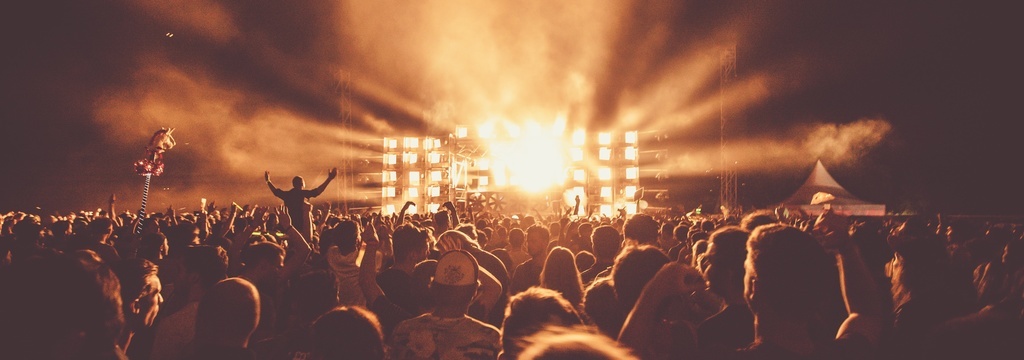
Movies and music
classical music
Have you ever considered listening to classical music some time? German musicians have been very important to the development of this genre. Beethoven, Bach, Wagner and Schubert were German and turned out to be some of the best classical musicians. In the 15th century, von Wolkenstein was the one to revolutionize German classical music. Throughout history, there have been a lot of different sorts and periods of classical music, such as chorale, opera, the baroque period, the classical era, the romantic era and the 20th century, each characterized with different accents.
folk music
A very traditional German music style is folk music (“Volksmusik”). Multiple regions in Germany have their own folk traditions of dance and music. In the middle of the 20th century, “Volkslieder”, a kind of folk song, were taught to children. The most famous type of folk music known outside of Germany is Bavarian folk music, such as yodeling and schuhplattler. Nevertheless, these are rather stereotyped images of Germany and are not very popular in the country itself.
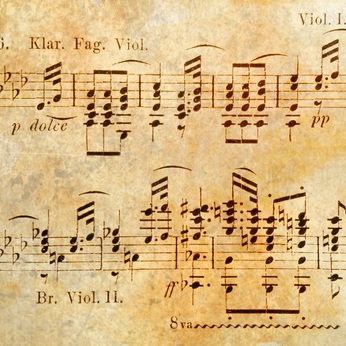
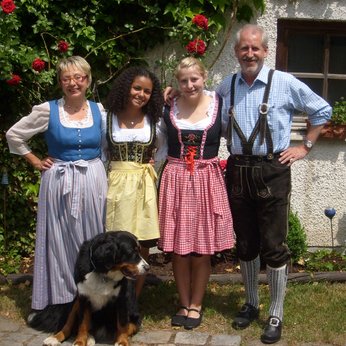
Pop Music
Not very fond of the two music styles above? No worries, Germany also has a lot of fun pop music to offer! The United States and the United Kingdom exerted a great influence on German pop music after World War II, but pop music in East and West German developed in different directions. West German pop music was also heard in East Germany and still exists today, while pop music from East Germany didn’t have much influence and kind of faded away. Most songs on the radio in Germany are in English, but for the last ten years, German music is booming again and you can find a wide variety of German Pop, Rock, Hip Hop and singer/songwriters, such as Die Toten Hosen, Die fantastischen Vier, Revolverheld and Andreas Bourani.
Movies
Check out this website to see German movies most appreciated by viewers: http://www.imdb.com/country/de
Events and celebrations that evolve around music or movies
Already excited about exploring Germany’s music? During your stay there, you will come across the opportunity of enjoying some amazing music festivals. One that is held every summer is called the Schleswig-Holstein Musik Festival, a classical music festival held throughout Schleswig-Holstein. This is one of the largest festivals for classical music in Germany, founded in 1986. The concerts at this festival don’t take place in usual concert halls, but in magnificent manors, castles, stalls, churches… This festival is considered to be one of the most spectacular international cultural events in the world. Other famous music festivals in Germany are the Hurricane Festival and the Southside Festival, both in June.
It’s also very fun to get together during a carnival in Germany, which is a Western Christian festive season. Usually, there are public celebrations or parades, masks, circuses and public street parties. During these carnivals, people wear costumes and masks, so that they can surpass their everyday identity and experience a strong sense of social unity.
Germany not only has music festivals but also plenty of film festivals, including the Berlin International Film Festival, CineLatino and Fantasy Film Festival. You can find more information about these film festivals here: http://www.german-films.de/home/.
